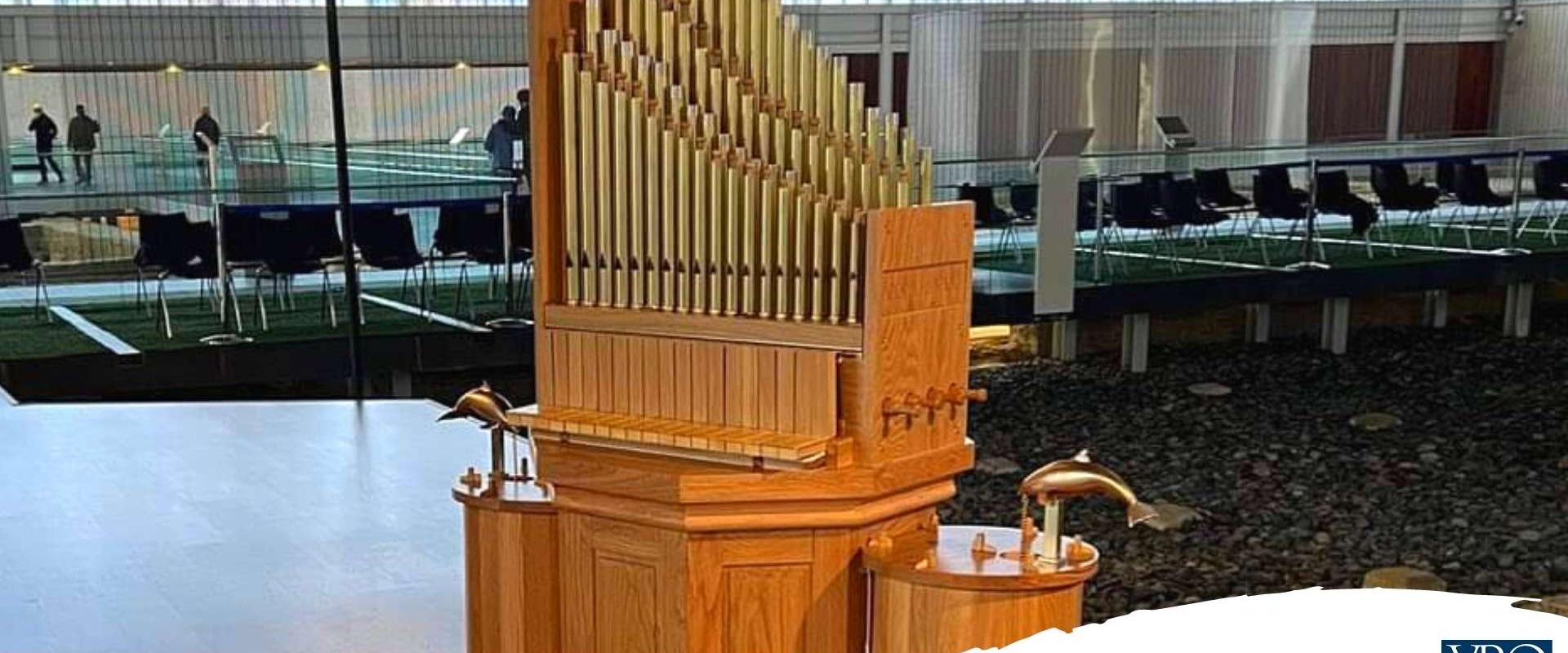
The Diputación de Palencia provides Villa Romana La Olmeda with a “hydraulis”, a hydraulic organ that was used in Greco-Roman antiquity. The institution rescues this unique musical instrument, which is incorporated into the enormous cultural attraction of the archaeological site.
It is an organ with a hydraulic mechanism similar to those used in Greco-Roman antiquity. The "hydraulis" became popular in ancient Rome, which spread the use of this instrument throughout its empire, as a musical accompaniment in performances in theaters, amphitheaters and circuses, as well as in social and liturgical gatherings.
The “hydraulis” of La Olmeda has been built in the Taller de Organería y Arte Acitores, directed by Federico Acitores in Torquemada since 1983. It has been an interesting challenge and it has been difficult to build a singular instrument from two thousand years ago, of which there are hardly any archaeological remains. It is a tetrachord "hydraulis", that is, with four rows of tubes of eighteen diatonic notes, according to Greek models, suitable for full operation in musical performances.



















